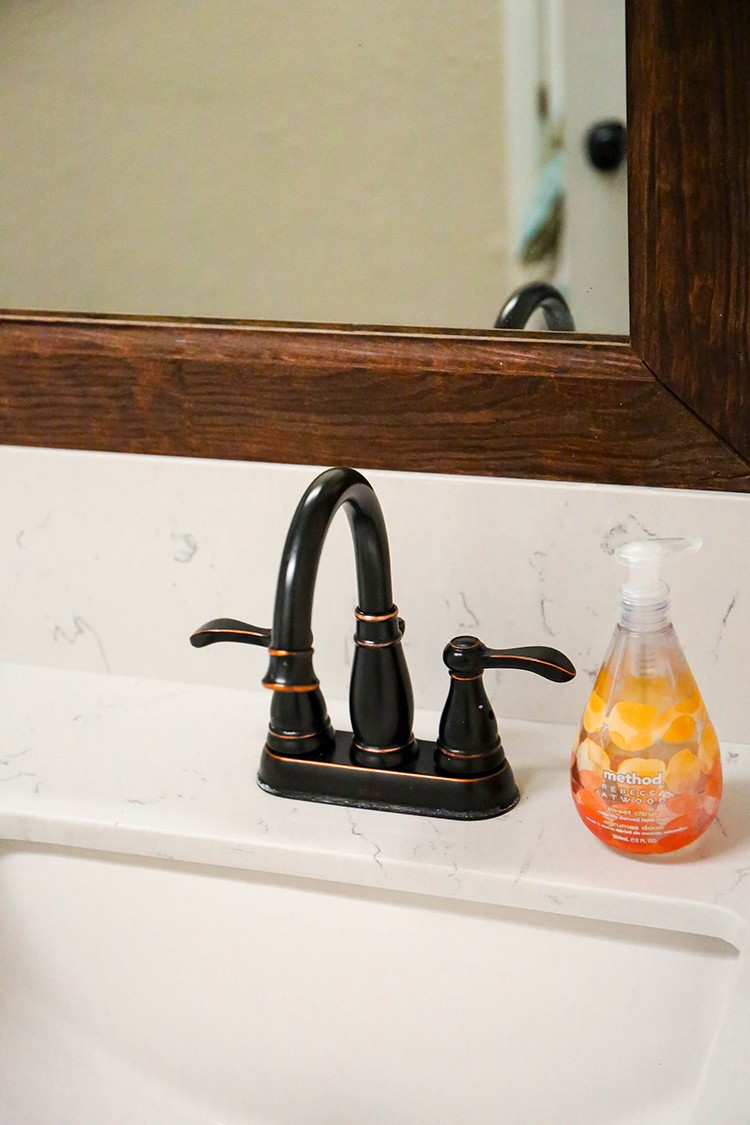(BPT) – Seasons come and go, but one thing remains the same — energy bills. According to the U.S. Department of Energy (DOE), the average annual energy cost for a single-family American home is more than $2,000. While some of this cost is due to the rise in electronic usage in homes, there is a much bigger problem driving up energy bills in American homes — poor insulation.
The North American Insulation Manufacturer’s Association estimates that 90 percent of homes in the U.S. are under-insulated. When a home is poorly insulated, the furnace and air conditioner work overtime to counter the loss of heated and conditioned air that escapes through insufficient insulation. Fortunately, with a few simple DIY fixes, you can combat these cost culprits. By focusing on three of the biggest coverage problem points, you can start saving money on your bills as early as this weekend.
1. Prevent air from going through the attic
Start by evaluating your current materials. If the insulation in your attic looks like a cotton candy machine exploded, then you have what is called “loose-fill” insulation. Many contractors and homebuilders use this insulation because it is easily blown into attic spaces. Unfortunately, it is not always the most effective insulation because it is difficult to ensure uniform coverage across the attic surface. Additionally, it is only designed to fit between the joists in the attic floor. This leaves the joists susceptible to heat transfer from the home to the attic.
For a more efficient upgrade, consider replacing loose-fill insulation with expanded polystyrene (EPS) rigid foam insulation boards. These boards are available at local home-improvement stores and can easily be cut to fit any crawlspace without any mess. During installation, focus your efforts on the knee wall and rafters. These areas are in closest contact to the outside air and can make a big difference in the attic’s heat flow.
2. Insulate the biggest gap in your house — the garage door
Although it only moves in two directions, your home’s garage door serves multiple purposes. Not only is it necessary for keeping a garage safe and secure, but it also has important implications for your home’s energy efficiency. If it’s left uninsulated, it can drastically change the temperature of the ambient air closest to the inside of your home, causing heating and cooling systems to go into overdrive.
The good news is even a first-time DIYer can insulate their garage door. During your trip to the home improvement store, look for a garage door insulation kit. These kits include eight pre-sized panels that are easy to cut to size and flex into place between the garage door’s horizontal rails. As an added benefit, with common household tools, this job can be done in under an hour.
3. Minimize heat flow through the basement
Depending on the state of your unfinished basement, it may look like a collection of holiday decorations and keepsakes or a slab of concrete with exposed studs. However you use your basement, adding insulation is a smart project to take on this weekend.
Basement insulation contributes to an energy-efficient home by minimizing heat flow between the surrounding environment and the basement walls. Insulation can be applied to the outside of a basement wall; however, it is typically much easier to install on the inside walls. This approach avoids having to move dirt away from the foundation and back-fill it once the insulation is in place.
“Insulating a basement is not as daunting as someone might think,” said David Stassi, Insulfoam’s field technical support manager. “With the right product and a free weekend, this overlooked space can turn into a real energy saver for a home.”
For step-by-step instructions on installing insulation in the listed applications, visit the Insulfoam YouTube channel.
Bonus project: Treat yourself
The U.S. DOE estimates that a properly insulated home could save homeowners up to 20 percent on their heating and cooling bills. Don’t be a part of the population that overpays for their energy; take energy efficiency into your own hands. Who knows, you may even have a little extra money from your savings for a well-deserved vacation after your projects are done.


